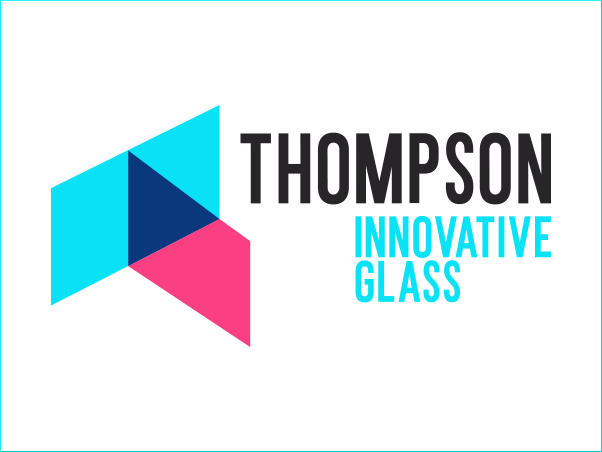Date: 26 October 2007
"Corning continues to create customer value through the minimization of potential costs related to environmental regulations and recycling challenges," said James P. Clappin, president, Display Technologies. Clappin announced the industry's most environmentally friendly LCD glass during the DisplaySearch US FPD Conference in San Diego, Calif.
"EAGLE XG is a green substrate that provides added value for panel manufacturers, and the entire TFT-LCD value chain, while retaining all of the process benefits and attributes of EAGLE2000(TM), another innovative glass composition from Corning that has become the industry standard," Clappin continued. "EAGLE XG is an environmentally friendly glass that is the first of its kind. The value it provides to our customers will continue to increase as future environmental regulations are introduced. As an industry leader, Corning continues to deliver products that help our customers worldwide to be successful, both now and in the future."
EAGLE XG is the first and only LCD glass to be completely free of heavy metals, including arsenic. As with EAGLE2000, it is also free of antimony and barium, and halides such as chlorine and fluorine. These materials, added by some glass suppliers during their manufacturing process, can produce potentially harmful manufacturing by-products.
As one of the world's leading technical innovators, Corning has consistently brought new compositions to the LCD industry since the earliest stages of its development. Corning produced the first LCD glass substrates that were used by Japanese LCD development labs, leading to the first TFT LCD products in the mid-1980s. Corning introduced EAGLE2000 substrates in the year 2000 that provided customers with new benefits and glass attributes, including very-low glass density, higher chemical durability and advanced thermal properties. EAGLE XG glass retains the benefits of these advantageous properties, while adding an increased level of environmental friendliness through its advanced composition and manufacturing processes.








Add new comment